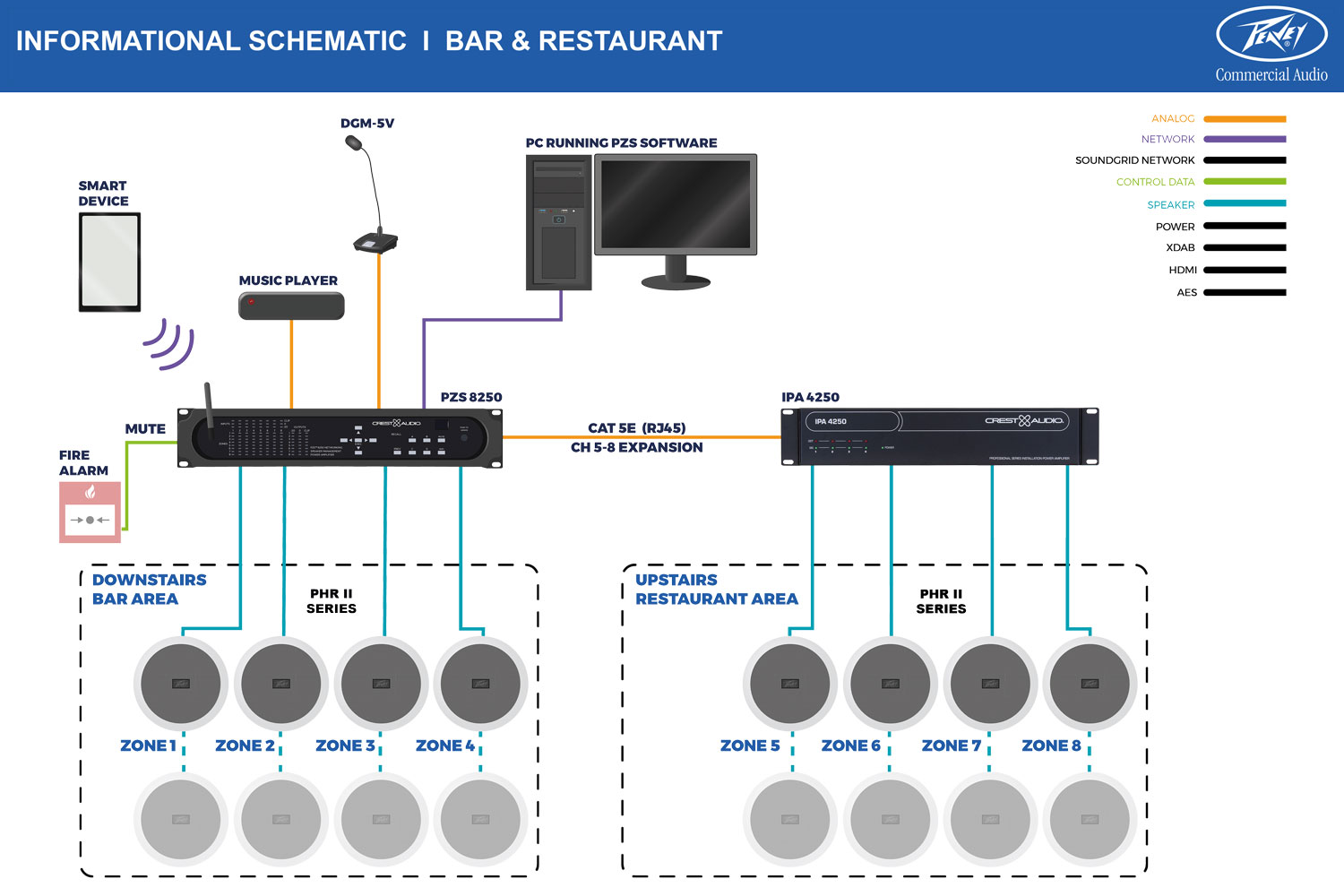Optimal Strategies for Placing Surveillance Cameras to Improve Monitoring Effectiveness
Optimal Strategies for Placing Surveillance Cameras to Improve Monitoring Effectiveness
Blog Article

Positioning security cameras effectively effectively remains essential for improving surveillance across various environments, including homes, commercial properties, and public spaces. The primary goal of surveillance cameras remains to deter criminal activity and offering evidence during case of events. To attain this, it is important to consider various factors, such as camera location, field of vision, and the particular areas that need monitoring. By comprehending these elements, people and entities can create a thorough surveillance plan that maximizes the efficacy of their surveillance systems.
One of the initial steps in placing security systems is to determine critical areas that require monitoring. Vulnerable zones, including entrances, exit points, parking areas, and locations with valuable items, should be given priority. It is crucial to consider areas not visible, which may be areas that might not be seen from specific angles. By mapping out these critical areas, security personnel can guarantee that every corner remains monitored, minimizing the chances of criminal actions going unnoticed. Additionally, installing cameras at strategic locations can assist create a comprehensive perspective of the premises, allowing for better total security monitoring.
The field of a security system is another crucial factor to take into account. Various types of surveillance systems provide varying ranges of view, that can influence how much space is recorded in the footage. For example, wide-angle cameras can monitor larger spaces, rendering them ideal for open locations, while pan-tilt-zoom systems can be adjusted to focus on particular features. When positioning surveillance systems, it is essential to choose the appropriate type based on the location being observed. This guarantees that the camera can capture sharp images and provide important data in case of an occurrence.
Elevation and tilt of mounting also play a significant role in the effectiveness of surveillance systems. Cameras should be mounted at a level that remains out of grasp of possible tampering but still allows for unobstructed viewing of identifying features and other identifying features. A common recommendation is to mount systems at least eight to ten feet off the floor. Additionally, the tilt at which the camera is positioned can affect its capability to capture important details. Cameras should be angled to reduce reflection and avoid obstructions, ensuring that they can capture sharp footage at all times.
In conclusion, routine visit the website maintenance and updates to the surveillance system is essential for long-term efficacy. This entails inspecting camera functionality, wiping optics, and ensuring that firmware remains up to date. Frequent evaluations of the monitoring strategy can help detect any additional blind spots or areas that might need additional coverage. By remaining proactive and making required adjustments, people and organizations can improve their surveillance effectiveness and guarantee that their surveillance systems remain to fulfill their intended purpose.